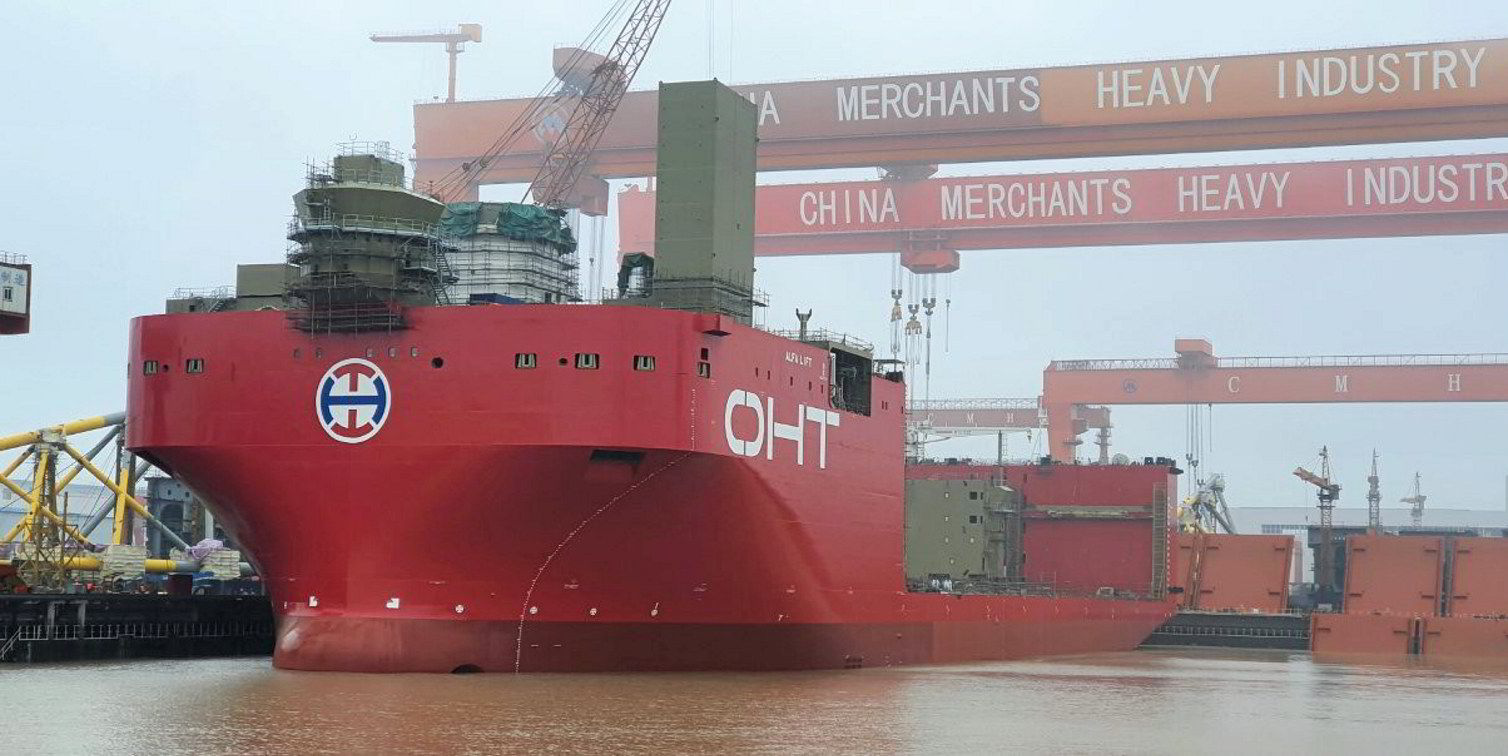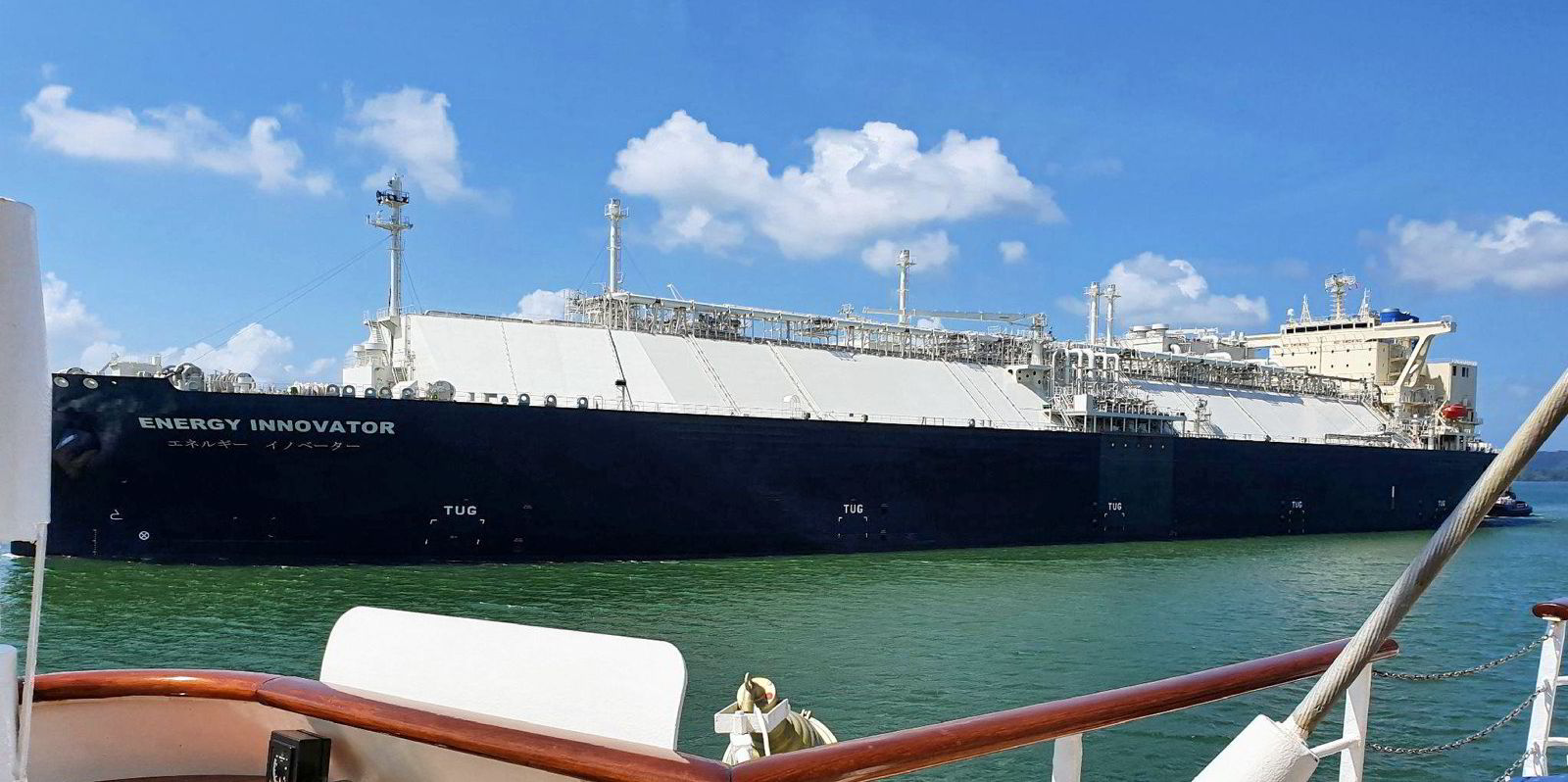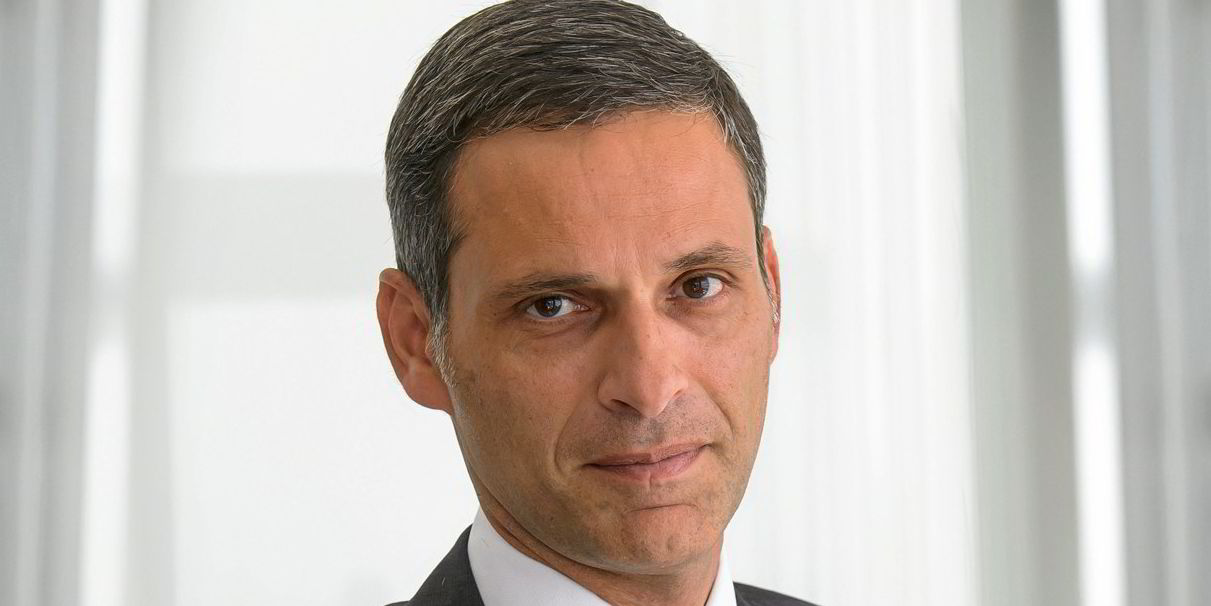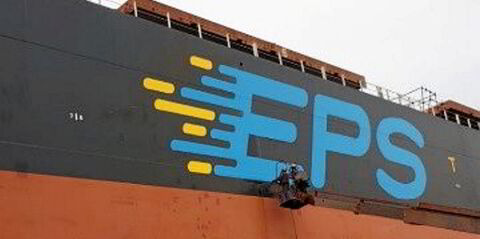Norway's OHT is backing heavy fuel oil (HFO) over LNG and diesel for its existing fleet, although the shipowner is hedging its bets on propulsion for its giant wind farm newbuildings.
The company is taking a two-pronged approach to decarbonisation, favouring scrubbers for its existing heavylift ships and hybrid technologies for the wind fleet.
Speaking on a conference call with analysts, OHT chief executive Torgeir Ramstad said heavylift vessels are hard to modify.
"We have done our utmost to take down emissions," he added.
He said the existing fleet is sailing on HFO.
HFO claim
"Scientists have proven, believe it or not, that HFO has the lowest greenhouse-gas emissions of fossil fuels, better than LNG, better than diesel," Ramstad said.
Dr Tristan Smith, reader at University College London's Energy Institute, told TradeWinds these claims depend on "the framing of the evaluation".
"But yes, it is possible to reach that conclusion. LNG can easily have higher greenhouse-gas emissions than HFO depending on the methane emission occurring at the upstream side and in operation."
The life-cycle emissions of low-sulphur fuel oil and heavy-sulphur fuel oil (with scrubbers) have been calculated in a few different studies and depending on the assumptions, can be shown to be lower than marine diesel, Smith added.
We can start from scratch and try to foresee what will be the dominant technologies. There isn't one answer
OHT chief executive
Torgeir Ramstad
In terms of newbuildings, Ramstad said: "We can start from scratch and try to foresee what will be the dominant technologies. There isn't one answer."
He added the technology still isn't there to achieve zero emissions.
At the end of February, China Merchants Heavy Industry (CMHI) launched OHT's huge foundation installation newbuilding, the 48,000-dwt Alfa Lift, the world's biggest hybrid vessel.
Ramstad said the plan with this ship is to run it on normal diesel and batteries, with the option to convert to biofuel or methanol in the future.
With the new Vind 1 wind turbine installation vessel, due from CMHI in 2023, he added that "hydrogen fuel cells could be a bet for the future".
"No one knows for sure, but we think it can be a realistic technology three to five years from now. We are ready to convert," Ramstad said.
In his presentation to analysts, Ramstad showed a mock-up of the Alfa Lift with an Airbus a380 plane sitting sideways on its deck, to illustrate its vast size.
'A big beast'
"Alfa Lift is a big beast," he said.
The Alfa Lift is moored at the yard while work continues on the steel and internal fit-out, including the mechanical completion of systems.





